In 2023, agricultural production in the province took place in the face of many difficulties and challenges due to natural disasters and epidemics; high prices of materials for production and animal feed; difficult consumption market. However, with the determination in organizing production and the initiative of farmers, many basic goals of the agricultural sector were achieved and exceeded the set plan, contributing to stabilizing the socio -economy in the area, continuing to affirm its position as the "support" of the economy.

The model of growing vegetables and fruits in a greenhouse with organic certification of Dfarm Quang Tri farm - Photo: LA
With the goal of comprehensively restructuring agriculture towards increasing added value and sustainable development, in 2023, the province's agricultural sector actively coordinated with units and localities to focus on developing agricultural, forestry and fishery production towards selecting key products with competitive advantages, developing markets, building supply - production - processing - consumption chains, applying technology, forming a synchronous and sustainable agricultural economic ecosystem.
Specifically, the crop cultivation sector has focused on reorganizing towards specialization, applying new technical advances, transforming the structure of crop varieties towards high quality, concentrating land, producing large-scale fields...; gradually forming organic agricultural production areas, clean agriculture, natural farming associated with joint ventures and associations.
By 2023, the rice production area according to organic standards, organic orientation and some safety standards will reach over 1,100 hectares. Of which, about 346 hectares of rice will be produced according to organic standards and natural farming; 502.5 hectares will be produced according to organic orientation and 94 hectares of rice will be produced according to VietGap orientation; 160 hectares of rice will be produced according to food safety standards. To serve production, the agricultural sector has proactively completed the irrigation system for over 85% of the 2-crop rice growing area.
Livestock farming is gradually shifting from household scale to concentrated farm scale, ensuring environmental and disease safety. The proportion of livestock value is increasing. To date, the whole province has 697 livestock and poultry farms, an increase of 444 farms compared to 2020. Of which, large-scale livestock farming has 23 farms, medium-scale livestock farming has 209 farms, and small-scale livestock farming has 465 farms. In particular, the whole province currently has over 70 high-tech livestock farms, linked with businesses.
In the field of fisheries, aquaculture has been developed in an intensive manner, with diversified farming objects and methods, applying high technology and adapting to climate change. Offshore exploitation has been promoted, preservation and processing capacity has been increased. At the same time, the fishery logistics service system has been reorganized and a focus has been placed on developing a linkage model between exploitation, logistics services and product consumption.
To date, the province has more than 100 hectares of high-tech shrimp farming; 191 fishing vessels with the longest length of 15 m or more are equipped with fishing gear suitable for the fishing grounds, fully installed with communication systems, and monitoring fishing vessel journeys. Compliance with regulations on combating illegal, unreported and unregulated (IUU) fishing is ensured.
Forest management and protection have received attention, investment and development; natural forests are well managed and protected. Productivity and value of planted forest wood have been improved; sustainable forest management according to FSC certification has been widely replicated; the conversion of small timber forests into large timber forests has been promoted to create a stable raw material area serving the development of the wood processing industry.
Currently, Quang Tri has become one of the top provinces in the country in certified forest planting with an area of about 20,150 hectares and 13,600 hectares of large timber plantations out of a total of 95,674 hectares of production plantations.
Besides, many agricultural products of the province have had a fairly stable position in the domestic and foreign markets as well as on e-commerce trading floors such as organic rice, pepper, coffee, raw wood, medicinal herbs...
To date, the province has had 115 OCOP products, of which 42 products have achieved 4 stars, 73 products have achieved 3 stars. Among the 58 OCOP entities, there are 16 enterprises, 16 cooperatives, 4 cooperative groups and 22 production and business households.
OCOP products have made progress in quality, diversity in designs, packaging, ensuring conditions, regulations on stamps, labels, and traceability of products. Over 95% of OCOP products are introduced and sold on e-commerce platforms such as postmart.vn, voso.vn, shopee, lazada, alibaba and other social networking platforms such as facebook, zalo, tiktok...
According to Director of the Department of Agriculture and Rural Development Ho Xuan Hoe, although the impact of natural disasters, epidemics, and high prices of input materials has negatively impacted people's lives and production, with the efforts of the agricultural sector and the initiative of farmers, agricultural production in the province has still achieved remarkable results. The growth rate of agriculture, forestry and fishery in 2023 reached 5.41%.
The output of grain is estimated at 30.59 million tons, reaching 117.65% of the plan. The output of fresh meat is estimated at over 59,000 tons, reaching 101% of the plan. The forest coverage rate is 49.8%; the area of concentrated forest plantation is estimated at 10,040 hectares, reaching 133.8% of the plan.
It is expected that by the first quarter of 2024, the whole province will have 74/101 communes meeting new rural standards, accounting for 73.27%; of which 12 communes will meet advanced new rural standards, accounting for 11.8%.
Hai Lang and Trieu Phong districts have basically completed the criteria for new rural districts and are completing documents to submit to competent authorities for appraisal and recognition.
Mr. Ho Xuan Hoe said that, based on the achieved results, in 2024, the whole industry aims to continue effectively restructuring agriculture associated with building new rural areas towards green, circular and sustainable agricultural development.
Focus on developing production and forming production chains, large commodity production areas, and applying high technology. Promote the potential and advantages of regions, promote processing, preservation, certification, building and developing the province's agricultural product brands...
Le An
Source




![[Photo] Prime Minister Pham Minh Chinh chaired a meeting of the Steering Committee on the arrangement of public service units under ministries, branches and localities.](https://vphoto.vietnam.vn/thumb/1200x675/vietnam/resource/IMAGE/2025/10/06/1759767137532_dsc-8743-jpg.webp)


![[Photo] Prime Minister Pham Minh Chinh chairs a meeting of the Government Standing Committee to remove obstacles for projects.](https://vphoto.vietnam.vn/thumb/1200x675/vietnam/resource/IMAGE/2025/10/06/1759768638313_dsc-9023-jpg.webp)
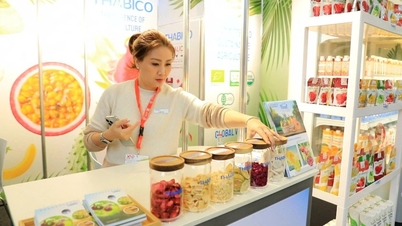

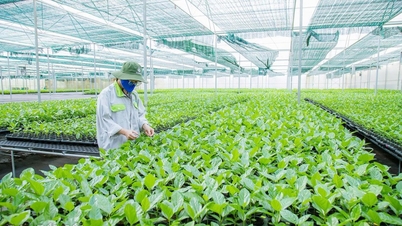



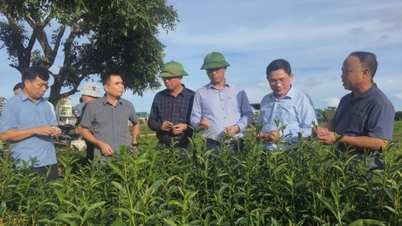



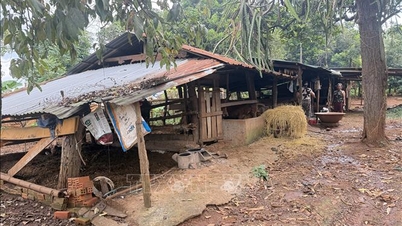

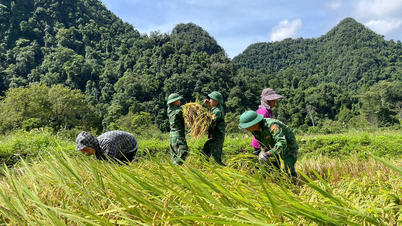

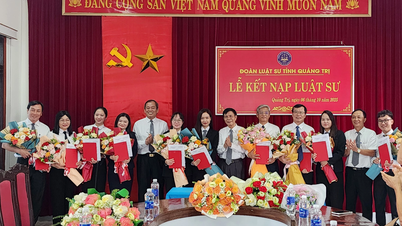
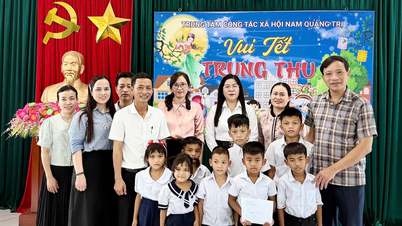
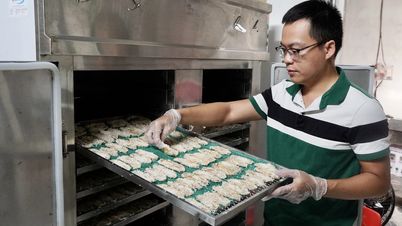
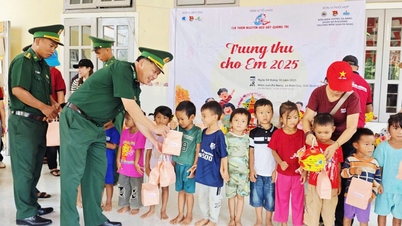







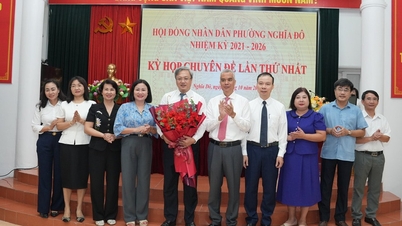

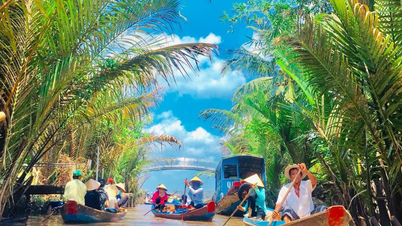
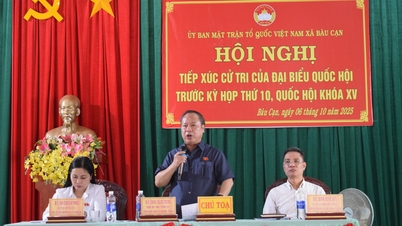















































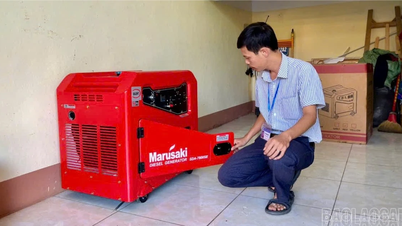



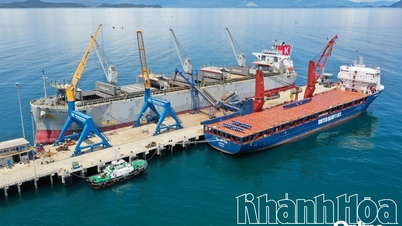














Comment (0)